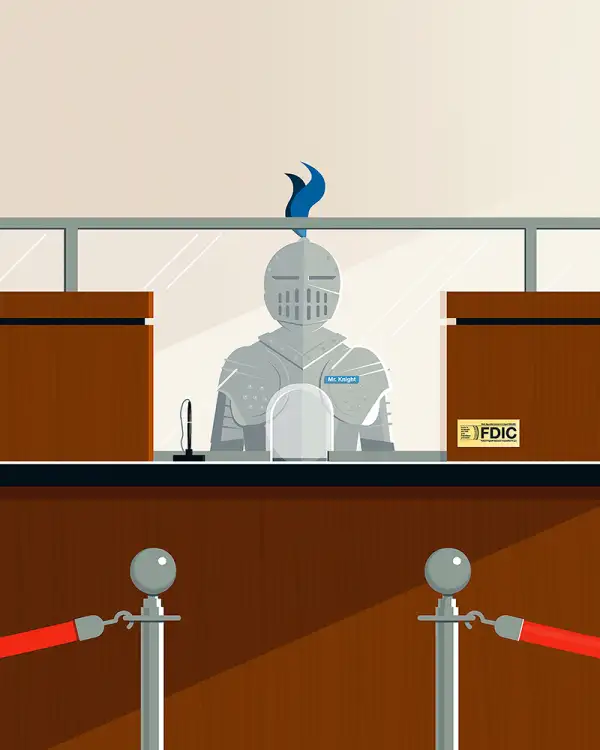5 Easy Steps to Dump Your Bank

Even if you hate your bank, leaving might seem like a hassle. Yet “switching can be painless if you stay organized,” says Greg McBride of Bankrate.com.
1. Find a Better Fit
Review Money’s winners, keeping your habits in mind. If you travel a lot, for instance, you’ll want to make sure you can access ATMs wherever you go without facing big fees.
2. Threaten to leave
Call customer service at your current bank to say you’re considering a switch, and give the rep a chance to offer better terms. Your choice doesn’t have to be all or nothing: If you like your checking account but want a better rate on savings, open a stand-alone account elsewhere.
3. Get the paperwork
If you decide to change, ask your new bank for its “switch kit,” a packet of checklists and form letters that streamline the process. There’s a free generic one at money.us/switchkit.
4. Stall for time
Don’t leave right away. Transfer direct deposits, automated billing, and most of your cash. Leave enough behind to avoid a maintenance fee and cover outstanding checks, plus a month of expenses in case the transfer takes an extra billing cycle.
5. Close your old account
Once your new bills are being paid and old checks have cleared, submit an account-closure form. As long as the account is at least six months old, you probably won’t even owe a closing fee.
Here are Money's picks for the Best Banks of 2015-2016:
- Best Banks at a Glance
- Best Big Bank
- Best Online Bank
- Best Mobile Banking App
- Best Stand-Alone Bank Accounts
- Best Regional Banks
- Best Banks for Convenience